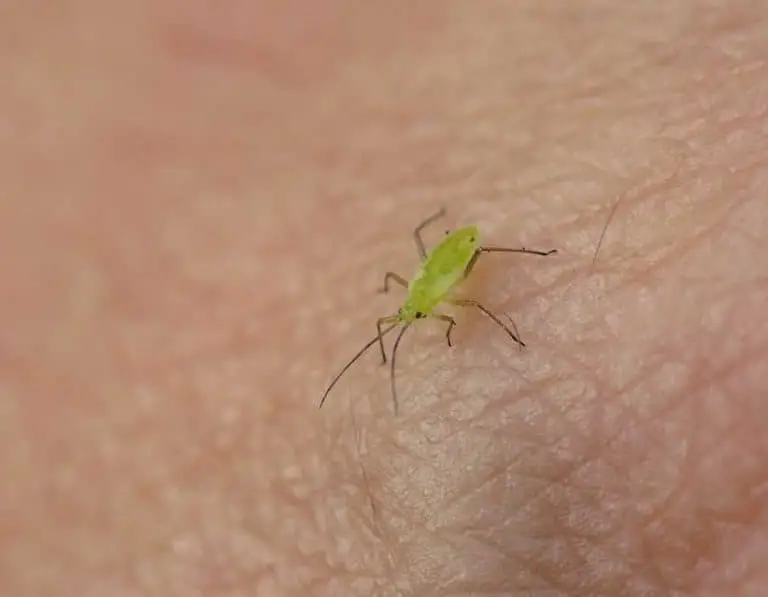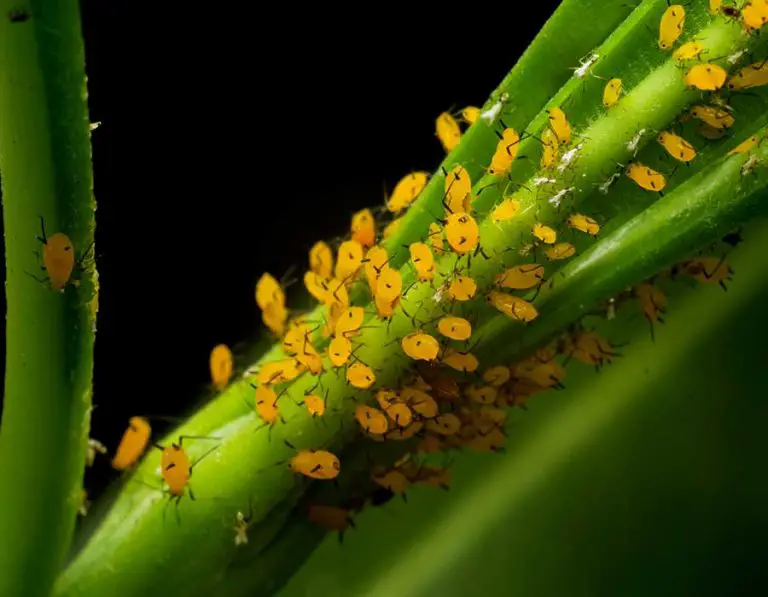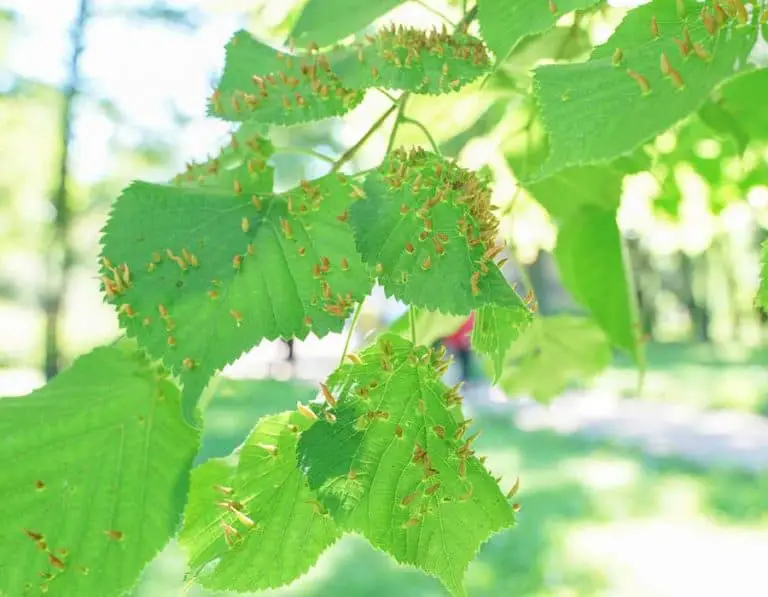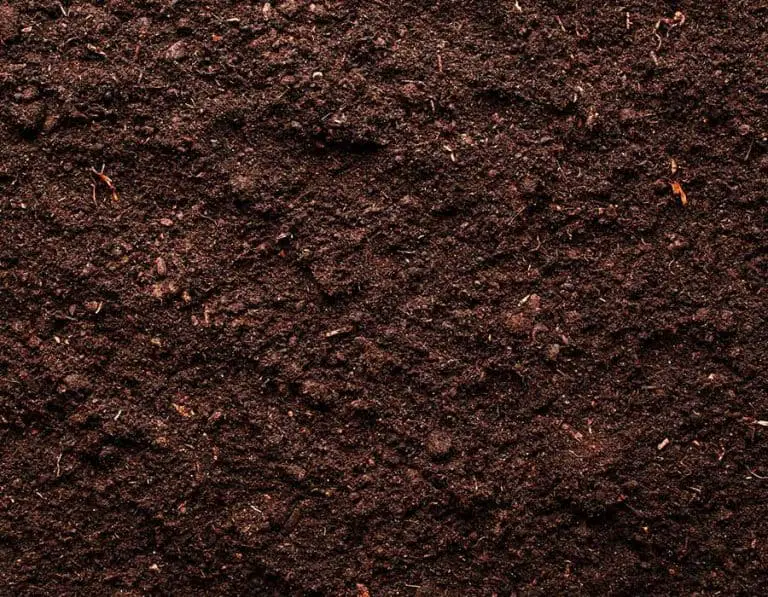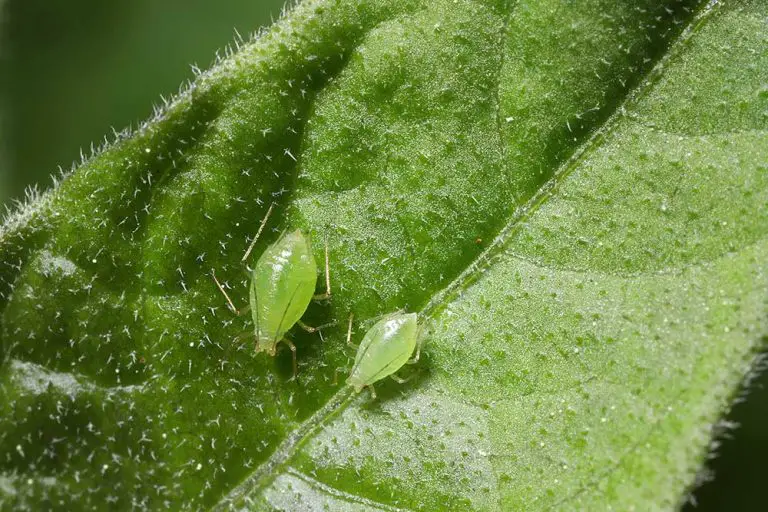How to Use Diatomaceous Earth to Kill Aphids
Without the right control, aphids can quickly take over the plants, shrubs, or trees in your garden. Before using chemical pesticides, you should try to get rid of aphids naturally using an organic alternative. One way to kill aphids and prevent them from returning is to treat your garden with diatomaceous earth.
To kill aphids with diatomaceous earth, all you need to do is add a sprinkling of the powder on and around the affected plants, shrubs, or trees. It can then take anywhere from a day to several weeks for the diatomaceous earth to kill the aphids completely.
If it rains over this period, you’ll need to reapply the DE to the affected plants to maintain its efficiency.
How Do Aphids Harm Plants?
An infestation of aphids can have devastating consequences on your plants. Aphids damage plants by feeding on their stems, branches, buds, and fruit, having a preference for young tender growth rather than tough mature foliage. Their feeding process involves piercing the plant before sucking its nutrient-rich sap.
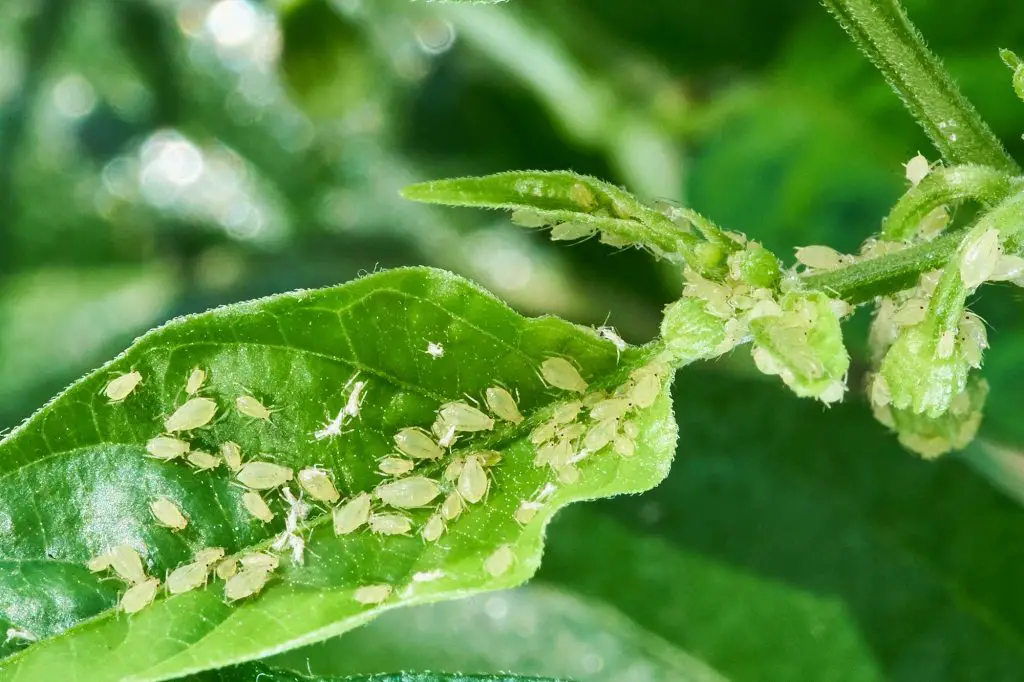
The aphid feeding process harms plants by removing their moisture and nutrients. Also, as they feed on your plants, they produce a substance called honeydew; this sweet liquid attracts other pests such as ants and can cause diseases like black soot to form on your plants.
Signs of a severe aphid infestation on your plants include:
- Aphids covering the underside of leaves
- Twisted and curled leaves
- Yellowing leaves
- Stunted or dead shoots
- Poor plant growth
- Honeydew on plant foliage
- Black sooty mold
- Recurring issues with fungal infestations
What is Diatomaceous Earth?
Diatomaceous earth, also known as diatomite or DE, is a powdered form of sedimentary rock mined from the bottom of the ocean. This rock contains the fossilized remains of diatoms; diatoms are miniature aquatic organisms that have skeletons made of a natural substance called silica.
To humans, diatomaceous earth will feel soft and powdery to the touch. However, on a microscopic level, the particles of diatomaceous earth have sharp, abrasive edges. While these particles are too small to harm people or pets, they can be deadly to insects, spiders, and other garden pests.
This is why diatomaceous earth is seen as an effective natural substance to use for pest control. Food-grade diatomaceous earth is the best type of DE to use for home pest control; this type of DE is certified as safe for use around children and pets.
Will Diatomaceous Earth Kill Aphids?
Yes, diatomaceous earth will kill aphids. This organic method of pest control is effective in killing a range of insects; in addition to aphids, diatomaceous earth kills ants, bed bugs, cockroaches, earwigs, fleas, lacewings, silverfish, slugs, and spiders.
It’s important to note that diatomaceous earth can also kill lawn-friendly insects, like worms, bees, butterflies and ladybugs. You should consider covering your plants with netting to protect these insects from coming into contact with the DE.
How Diatomaceous Earth Works to Kill Aphids
Diatomaceous earth is not poisonous, and therefore does not work to kill aphids via their ingestion of the substance. For diatomaceous earth to kill aphids, the insects must crawl over the powder.
When a crawling insect like an aphid walks over the DE, the small, sharp particles of the powder cut into its waxy exoskeleton.
This leaves the insect with lacerations all over their bodies. Through these lacerations, the aphid loses moisture, which gradually causes it to dehydrate before dying off completely.
How Long Does it Take Diatomaceous Earth to Kill Aphids?
Generally speaking, it may take anywhere from a day to a week or more for diatomaceous earth to kill aphids. How long diatomaceous earth takes to work can depend on several factors, including the particle size of the DE, the temperature and humidity in the affected area, and the extent of the infestation.
How to Use Diatomaceous Earth to Kill Aphids
Follow these steps to effectively use diatomaceous earth to kill aphids.
1. Purchase Correct Diatomaceous Earth
There are two types of diatomaceous earth, either industrial-grade DE or food-grade DE. The best type of diatomaceous earth to use in your garden is food-grade DE; as we’ve explained, food-grade diatomaceous earth is safe for use in your garden as it is non-toxic.
- Natural Product - Composed of 2lbs of 100% ground freshwater diatomaceous earth with absolutely no additives or fillers.ground freshwater diatomaceous earth with absolutely no additives or fillers.
- OMRI Listed - Listed with the Organic Minerals Research Institute, a non-profit organization that reviews products against organic standards.
- Powder Duster Included - Powder duster in the bag for easy and efficient application of diatomaceous earth on animal feed
- Supports a Great Cause - Harris donates 10% of profits to support the local Etowah Valley Humane Society.
- Made in the USA – Mined in Nevada and packaged in Georgia
2. Knock Aphids Off Plants with Water
Before applying diatomaceous earth, you should first knock off as many of the aphids as possible from the affected plants. Not only will this immediately dislodge aphids from your plants, but it will also help the diatomaceous earth to stick.
Use a hose with increased water pressure to spray the plants; avoid using too much pressure, as this can cause parts of the plant to break off. Spray all areas of the affected plants, focussing particularly the underside of leaves and including the plants’ bases.
3. Put on Protective Gear
Put on protective clothing, including safety goggles and a face mask. Although this step isn’t absolutely necessary, we don’t recommend skipping it. Diatomaceous earth can cause irritation if it comes into contact with your skin or eyes, or if you inhale it unintentionally. To avoid any risk to your personal safety, wear goggles and a mask during application.
4. Apply Diatomaceous Earth to Affected Area
Using a duster or powder sprayer, apply the diatomaceous earth to the affected plants. You can either purchase a commercial duster or use an old makeup brush to apply the DE. Focus on the underside of leaves, on stems, and any other vulnerable parts of the plant. After covering the entirety of the plant, sprinkle a layer of diatomaceous earth around its base.
5. Monitor Area
After applying diatomaceous earth, you’ll need to keep monitoring the area for signs of the aphids. When your DE kills the last of the aphids, you can vacuum up the remaining powder; this is important to prevent harming any more lawn-friendly insects unintentionally. If it rains or you irrigate before the DE has taken full effect, you’ll need to reapply it to the area.


